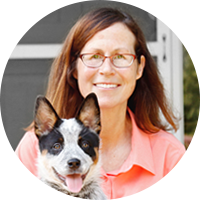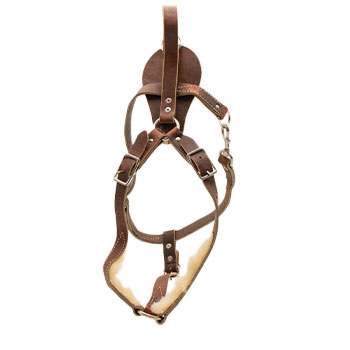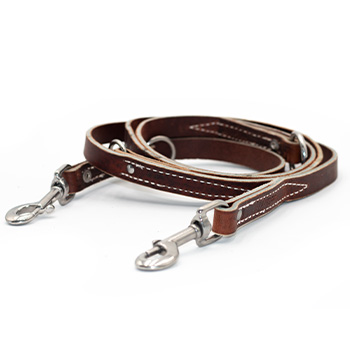May 17, 2011
My police K9 has a problem with the OUT. What can I do?
Full Question:
Mr. Frawley,I am a five year K-9 handler and just started working my second police k-9. I received my first K-9 when he was three years old and he never had an outing problem. I received my second K-9 when he was 18 months old. He is now two and I am having an outing problem with him. Sometimes he will out clean and quickly, and sometimes he will not. I have tried to stay on top of this problem and not let him get away with it. During training when I see that he is being difficult we do a series of tie backs with the decoy correcting him into the sleeve. It seems that he know the game because he will out clean and quickly every time as long as he is tied back. After doing a series of tie backs he will out fine for the rest of the training that night, but he will go back to his old ways the next day. Is there something else that I should try or is this just the nature of a puppy going through his maturing process.
Thank you in advance for any guidance that you can give me.
Sean

 Ed's Answer:
Ed's Answer:
The OUT is a rank issue with the handler. I am not a fan for the helper doing the OUT work – there are places for it but the average helper is not experienced enough and the problem is the dog only learns to OUT off of that helper. If he suspects a new helper is weak the problems come back.
The issue begins on the dog OUTing the tennis ball, or tug. If, after the command the dog does not OUT the ball or tug the Handler ALWAYS DOES A FOLLOW UP WITH A LOUD NO NO NO !!! OUT. You have to let the dog know that he screwed up – this means NO NO NO !! OUT – and you correct the snot out of him. Then the second he OUTS you praise him and immediately kick the ball or tug and the play goes on.
This proceeds to the helper – only here the dog must OUT the slipped sleeve – if he does not it's NO NO NO OUT!!
When it comes to the OUT on the helper – when he does not OUT the handler begins by NO NO NO – OUT and he runs to his dog and HE THE HANDLER physically corrects the dog – as I do it – I am saying NO NO NO !!!!! YOU OUT – in the beginning it can help if the helper has two sleeves on – the instant he OUTS he gets a second bite. The dog learns the fight does go on after the OUT.
I also would be using the electric collar on this dog when I start to work him at a distance (the other work can be close work) The key to the electric collar is the dog MUST KNOW THE SHOCK COMES FROM YOU – so you never shock him unless you give a NO COMMAND FIRST.
So the key to all this is the dog must first respect you as a strong pack leader – if you cannot out him from the ball, tug or slipped sleeve then he does not respect you enough.
The issue begins on the dog OUTing the tennis ball, or tug. If, after the command the dog does not OUT the ball or tug the Handler ALWAYS DOES A FOLLOW UP WITH A LOUD NO NO NO !!! OUT. You have to let the dog know that he screwed up – this means NO NO NO !! OUT – and you correct the snot out of him. Then the second he OUTS you praise him and immediately kick the ball or tug and the play goes on.
This proceeds to the helper – only here the dog must OUT the slipped sleeve – if he does not it's NO NO NO OUT!!
When it comes to the OUT on the helper – when he does not OUT the handler begins by NO NO NO – OUT and he runs to his dog and HE THE HANDLER physically corrects the dog – as I do it – I am saying NO NO NO !!!!! YOU OUT – in the beginning it can help if the helper has two sleeves on – the instant he OUTS he gets a second bite. The dog learns the fight does go on after the OUT.
I also would be using the electric collar on this dog when I start to work him at a distance (the other work can be close work) The key to the electric collar is the dog MUST KNOW THE SHOCK COMES FROM YOU – so you never shock him unless you give a NO COMMAND FIRST.
So the key to all this is the dog must first respect you as a strong pack leader – if you cannot out him from the ball, tug or slipped sleeve then he does not respect you enough.
82% (14 out of 17)
respondents found this answer helpful


Can't find what you're looking for?




